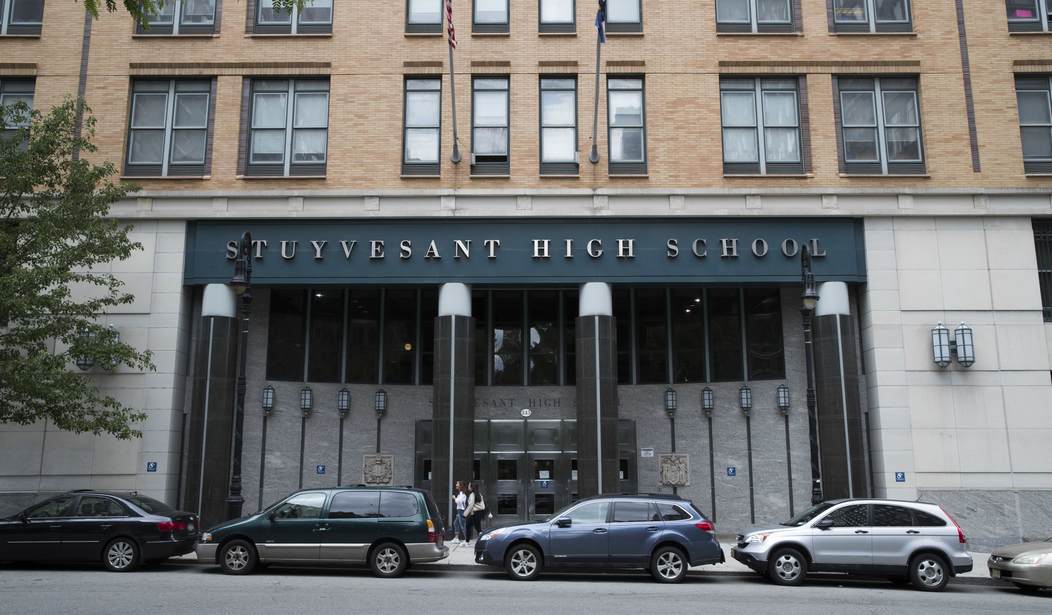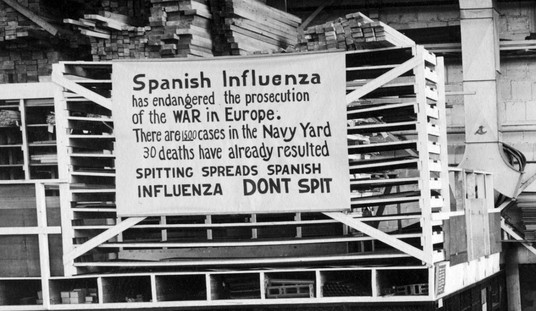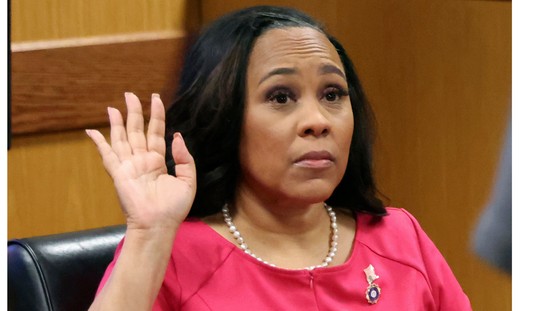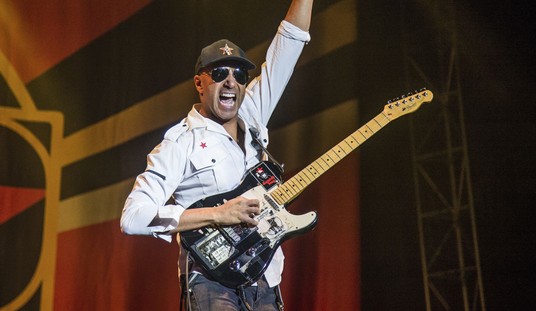There has been an ongoing battle in New York City over whether or not to use standardized testing and competitive admissions to identity top students. Those who are in favor of competitive admissions and standardized testing say it grants slots at the best schools to the most prepared and hardest working students. At present, those students tend to be disproportionately Asian. Those who oppose the testing for admissions, including the previous mayor Bill de Blasio, want to see a greater percentage of black and Hispanic students get access to top schools. Their goal is to “desegregate the system” and they’ve put forward a number of proposals to achieve that goal including doing away with all of the city’s gifted and talented programs.
Mayor Bill de Blasio on Friday unveiled a plan to overhaul gifted and talented education in New York City elementary schools, calling for sweeping changes to a highly selective program that has been widely criticized for exacerbating segregation in the nation’s largest school system…
Though about 70 percent of the roughly 1 million public school students in New York are Black and Latino, about 75 percent of the roughly 16,000 students in gifted elementary school classes are white or Asian American. For years, rising kindergarten students have gained access to the program via a high-stakes exam that some families pay tutors to help their children prepare for.
Mayor de Blasio was talking about doing away with competitive admissions to the city’s top high schools as far back as 2018. That didn’t happen but over time he did make some changes to the system that decreased the importance of testing and increased the importance of lottery numbers for middle school students
About a quarter of the city’s roughly 400 high schools use selective criteria, and they had still been allowed to consider metrics like grades through the pandemic. But state test results were not factored in, and other changes meant that students who made B’s were grouped in a single pool with those who made A’s. About 60 percent of all applicants received top priority, and each student’s lottery number became much more important.
But de Blasio’s proposal to do away with gifted programs was made just three months before he left office. By that point, Eric Adams was already the Democratic Party nominee in a city where he was more or less guaranteed to win. Adams had a different view of gifted and talented programs and last September, the city reversed course on most of the changes de Blasio had put in place.
New York City’s selective middle schools can once again use grades to choose which students to admit, the school chancellor, David C. Banks, announced on Thursday, rolling back a pandemic-era moratorium that had opened the doors of some of the city’s most elite schools to more low-income students.
Selective high schools will also be able to prioritize top-performing students.
The sweeping move will end the random lottery for middle schools, a major shift after the previous administration ended the use of grades and test scores two years ago. At the city’s competitive high schools, where changes widened the pool of eligible applicants, priority for seats will be limited to top students whose grades are an A average.
Today the NY Times published a story about the latest admissions to the city’s top schools and once again there is a very noticeable achievement gap.
At Stuyvesant High School in Manhattan, the most selective of the city’s so-called specialized schools, seven of the 762 offers made went to Black students, down from 11 last year and eight in 2021. Twenty Latino students were offered spots at Stuyvesant, as were 489 Asian students and 158 white students. The rest went to multiracial students and students whose race was unknown.
Gaps at many of the other schools were also stark: Out of 287 offers made at Staten Island Technical High School, for example, two Black students were accepted — up from zero last year — along with seven Latino students.
The annual numbers traditionally fan a debate over the admissions process at the eight schools, to which acceptance is determined by a single entrance exam. About 26,000 eighth graders took the test last fall, and just under 4,000 were offered seats.
Those numbers are certainly not good news for black and Hispanic students in the city but this is where you get into an ongoing debate between equality and equity. In this case, all students had access to the same admissions test so there is equality of opportunity in the sense that anyone who aces the test can get into a top school. As you can see, 26,000 students took the test but only 4,000 gained seats in the city’s top 8 high schools. Only about 10% of those seats were offered to black and Hispanic students so there definitely isn’t equality of outcome (equity) in the t results. Similar debates over the achievement gap are taking place in school systems around the country.
My belief is that students who did well in elementary and middle school and who can demonstrate that success on the admissions test deserve those coveted high school spots. That’s basic meritocracy. Put another way, it would not make sense to hand 2/3 of the spots at the city’s top high school to black and Hispanic students who haven’t prepared and haven’t worked as hard simply because those are the demographics of the district. What would that accomplish?
Remember, San Francisco has already tried this experiment, suspending competitive admissions to the city’s top high school only to find newly admitted students struggling and the school as a whole dropping off the list of the top 100 high schools. Lowell has since returned to competitive admissions.
Ending opportunities for advanced students doesn’t actually help the struggling students, it just punishes those who excel. Contrary to what some on the left like Ibram Kendi have argued, we do want to reward hard work and achievement because jobs in challenging fields like engineering, science, medicine, programming, etc. really are dependent on the best and the brightest.








Join the conversation as a VIP Member